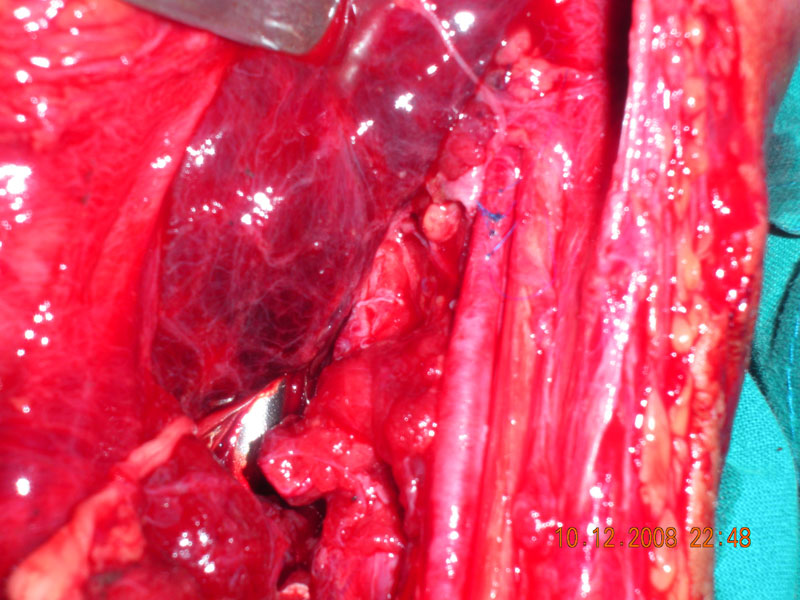Microsurgery is a general term for surgery requiring an operating microscope. The most obvious developments have been procedures developed to allow anastomosis of successively smaller blood vessels and nerves (typically 1 mm in diameter) which have allowed transfer of tissue from one part of the body to another and re-attachment of severed parts.
Reconstructive microsurgery is a surgical field where specialized operating microscopes and precision instrumentation are utilized to perform intricate operations on tiny structures.
Utilizing magnification up to fifty times that produced by the naked eye and stitches finer than a hair, surgeons are able to repair transected blood vessels and nerves less than 1mm in diameter.
The ability to reestablish continuity and blood flow to small, severed nerves and vessels has made a major impact on the potential to restore form and function to individuals impaired by trauma, cancer and congenital differences. Advances in technology and surgical technique in the early 1960s for the first time allowed surgeons to successfully replant severed digits and limbs.
This innovation was rapidly followed by the development of vascularized toe transfers that allowed relocation of toes to replace missing fingers. The thumb accounts for approximately fifty percent of the hand’s function and the ability to utilize the great toe to replace a missing thumb was a major advancement in the surgical rehabilitation of the injured hand.
Magnified View of Arterial Microsurgical Repair:
Important: "To Enlarge", please click anywhere on the image and "To Close" the larger view, click outside the image or press the 'Escape' key.

